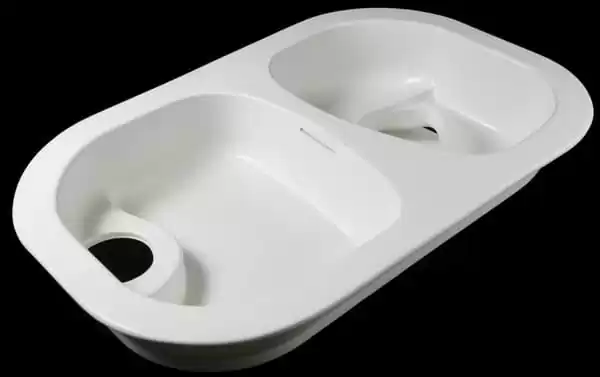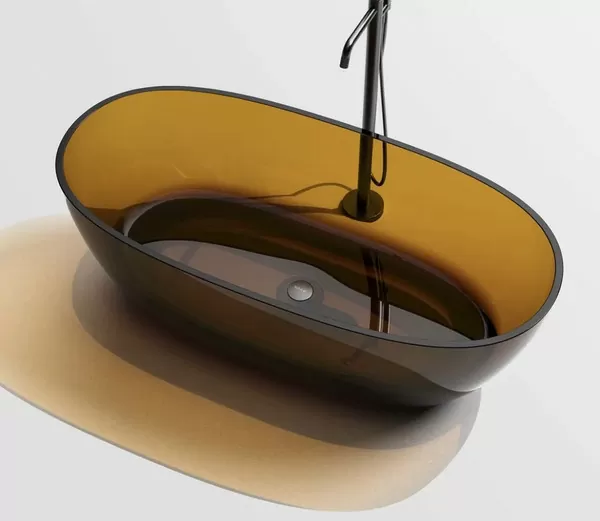Thermoforming uses heated plastic sheet to shape flat plastic into almost any desired shape, providing a key process for nearly all areas of plastic products, including packaging, automotive and medical devices. It has enabled the transition from basic plastics to complex molded products, and rapid advances in thermoforming color processes, which are a fundamental part of the process. Can you actually use all colors in thermoforming? How does this impact the product?

Color doesn't just make the world look better, it adds a whole new dimension. However, when it comes to thermoforming, beyond just looking good, color provides a language, a tool, and even a new direction. In today’s blog post, we’ll take a deep dive into how color can be used in thermoforming, not only to make products more attractive, but also to enhance functionality, brand recognition, and customer experience.
Thermoforming Process
Thermoforming is an incredibly useful manufacturing process where a moldable flat thermoformed plastics sheet (or thermoplastic material) gets heated to become pliable. It's then formed into a specific shape, cooled and trimmed to make stuff like packaging trays or blisters for any industry.
There are several thermoforming methods used in actual production: differential pressure molding, cover molding, plunger-assisted molding, suction back molding, opposite mold molding, female mold and male mold thermoforming, thin gauge thermoforming, heavy gauge(thick gauge) vacuum forming and twin sheet forming.

The Science of Color in Thermoforming
Understanding the Dyes and Pigments
Thermoformers have two options for adding color to plastics: dyes and pigments. Dyes are fully dissolved colored substances; however, they cannot just be mixed into the plastic - other substances (called carriers) must also be present.
Using dyes tends to be faster, but their colors may not always be as bright or intense. Pigments, on the other hand, are insoluble solid particles that are so small that they remain suspended throughout the plastic without settling to the bottom.
Although it takes longer to disperse them evenly, and this may mean working at higher temperatures, you generally get more reliable results over time and the pigments become more colorfast.

How Temperature Affects Color?
During the thermoforming process, the color of plastic parts is affected by temperature. This is because dyes and pigments degrade at high temperatures, but different plastics melt (and form) at different temperatures. It's important to choose your material wisely if you want its color to develop as intended! If the temperature is too high, some ingredients may begin to break down; this can change the appearance (color or smooth surface finish) of the final product. To ensure that the product retains its good appearance, we must understand how heat affects hue and pay close attention throughout the manufacturing process.

Key Considerations
Material Selection
There are several types of plastics suitable for thermoforming. For example, polyethylene (PE) is often chosen because it has good chemical resistant, resists damage from chemicals, and is tough enough to withstand rough use: when an object must withstand heavy use and frequent exposure to different weather conditions. This makes PE a good choice. Polyvinyl chloride (PVC) is another common choice because it can be shaped in many different ways and comes in a variety of colors that can be changed using colorants.

Color Quality Over the Manufacturing Process
Unlike fiberglass, injection molding, rotational molding and blow molding processes, thermoformed products do not pick up the texture from the mold surface when molded. So consistency is crucial when incorporating color into thermoforming. It is important to ensure that the color is evenly dispersed throughout the material before molding. Failure to do this can result in your finished product having patches of color or areas where colors don’t blend properly – sometimes called “hot spots.” The way the color appears after processing can also be affected by whether techniques such as vacuum forming process or pressure forming process are used.

The Influence of Color in Thermoforming
Consumer choice largely depends on the appearance of the product. However, when it comes to thermoforming, choosing a color is about more than just making the object pretty. Choosing the right color can actually change how well a product works and how it functions when it's finished! Here are a few ways color affects the thermoforming process and final results:
Aesthetics and Branding
Being able to use a variety of colors during the thermoforming process is great for aesthetics and branding. If you can give your product a bright, consistent color, it will stand out on the shelf while also reinforcing your brand. Additionally, custom colors offer advantages in terms of appearance, allowing businesses to appeal to specific groups of shoppers.

Functional Color Design
In thermoformed plastic products, color does more than just look good; it can also serve other purposes. For example, they can show what something is made of, or whether it's safe to throw away. By using red on recycling bins and boxes and blue on hospital equipment, manufacturers are making their stuff safer and easier for all of us regular folks to use. Such a system also helps ensure that recyclables are not mixed with general waste.
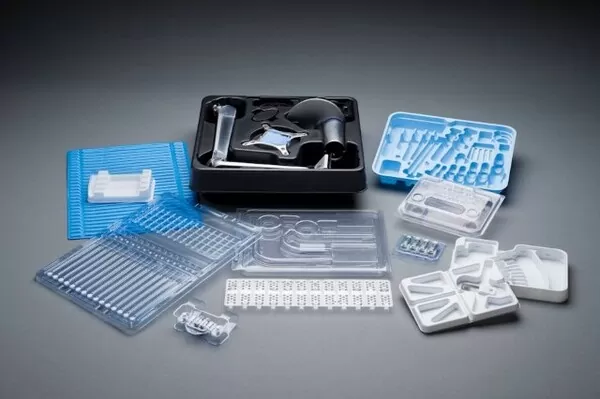
Material Integrity
When plastic sheets are thermoformed, their behavior is affected by color. Heat conduction and absorption differ depending on whether pigments or dyes are used. Dark colors absorb more heat than light colors; therefore, an area may take longer to cool down again after being heated (reheated). However, using these colors may make the product more susceptible to deformation due to high temperatures. Therefore, those who manufacture items by thermoforming need plastic materials with consistent colors that behave the same when heated or cooled and will not damage the items being manufactured.

UV Stability
When making items for outdoor use, it is important to consider how much ultraviolet (UV) light they will be exposed to. UV stability—or the degree to which something retains its properties after exposure to UV light—is key here. By choosing the right color, you can increase your item's resistance to fading and material breakdown.
For thermoforming, specific colors may require additives to give them sufficiently stable UV properties. This can extend their overall lifespan, meaning such products are also an important consideration for industries such as construction, automotive manufacturing and outdoor equipment manufacturing.
Hiding Power and Product Consistency
Thermoformed articles require constant color density. This is especially important when the product must look good from any angle. This criterion generally applies to consumer packaging: In the world of consumer packaging, designers prefer opaque colors because they can better "hide" what's underneath them, making the product more visually consistent.
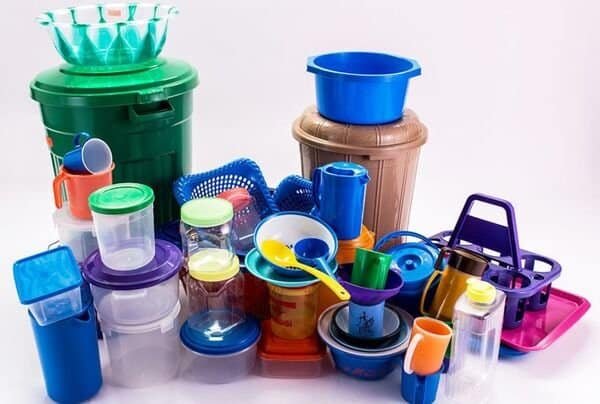
Overcoming Challenges in Color Application
1. Environmental Considerations
The need for sustainable practices is changing the way colors are selected and used in thermoforming. Companies that make plastic packaging may find themselves torn between wanting a variety of shades and environmental concerns. One solution: pigments made from substances like plants and minerals, rather than chemicals. Another option? Use colorants that don’t hinder recycling, or add colorants in a way to reduce the hazard when the plastic eventually breaks down.
2. Regulatory Compliance
Different regions enforce different rules regarding the use of colorants in packaging, especially packaging that comes into contact with food or pharmaceuticals. If thermoformers want to comply with the law and avoid safety issues, they may limit their colorant choices.
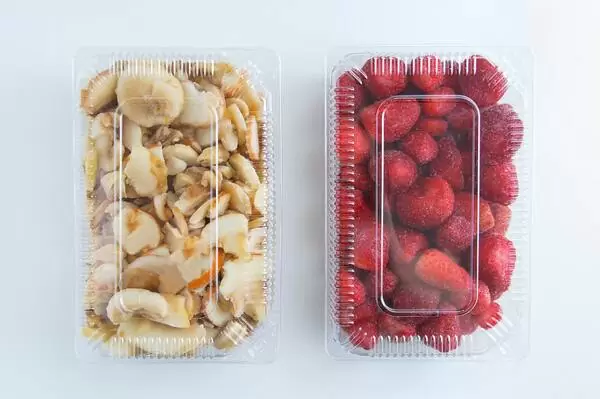
3. Manufacturing Flexibility and Production Speed
Manufacturers need to balance the speed and flexibility of thermoforming when working with a variety of colors. Market demands and deadlines mean that color application should not significantly slow down production – so how can you speed it up? Some people choose materials that are already tinted: this simplifies the process and there's no compromise between making something quickly or using many different shades!
Harnessing Color in Thermoforming for Innovation
1. Customization and Personalization
Advances in color technology enable greater customization and personalization of thermoformed products. Digital technology makes it possible to quickly change colors during product shaping process: this means manufacturers can offer custom plastic manufacturing service even for small batches or individual products. Being able to offer this kind of tailored service may help increase consumers' engagement with the brand and their satisfaction with their purchases.
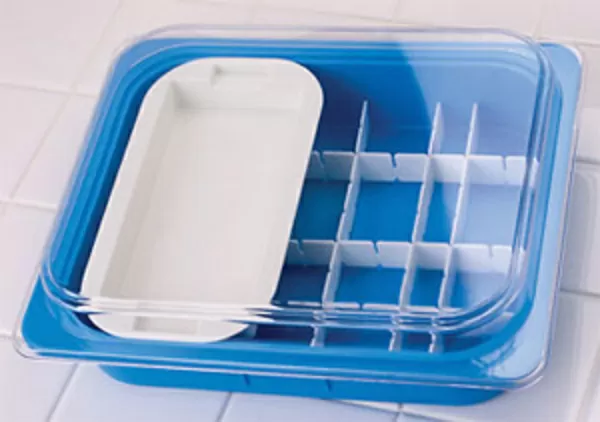
2. Technological Developments
Continuous innovations and advances in new additives, masterbatch coloring technologies, and color measurement and calibration are game-changers: they enable tighter control of color quality, providing innovative solutions for difficult jobs. options, including packaging designed to keep food fresher for longer, and opens up new possibilities throughout the plastics supply chain.
Conclusion
In thermoforming, color is more than just a coat of paint. It is a science as well as a marketing tool, a key part of brand strategy and an aspect of functionality. Successfully designing a product and manufacturing it correctly both require understanding how color works with thermoforming: not only choosing materials, but also deciding when to add color. If you are looking to create a first-class product, the role that color plays cannot be underestimated.
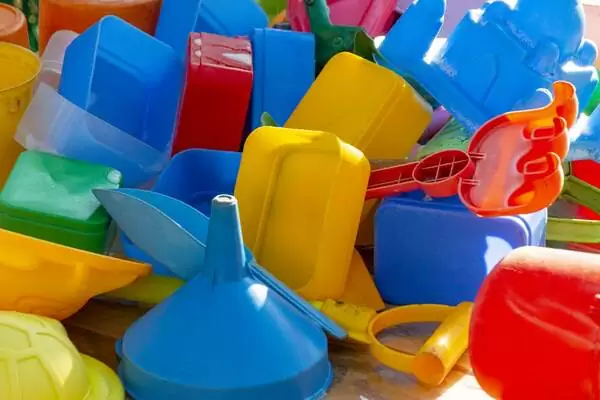
In thermoforming, color does more than just make the product more aesthetically pleasing; it serves a variety of purposes. With the right knowledge, thermoformers can use color to make products stylish and compliant with regulations, possess antimicrobial properties, and even change hue at different temperatures. In fact, whether you're designing recyclable food trays or vibrant car dashboards, the commercial potential of this technology is vast and vast.


